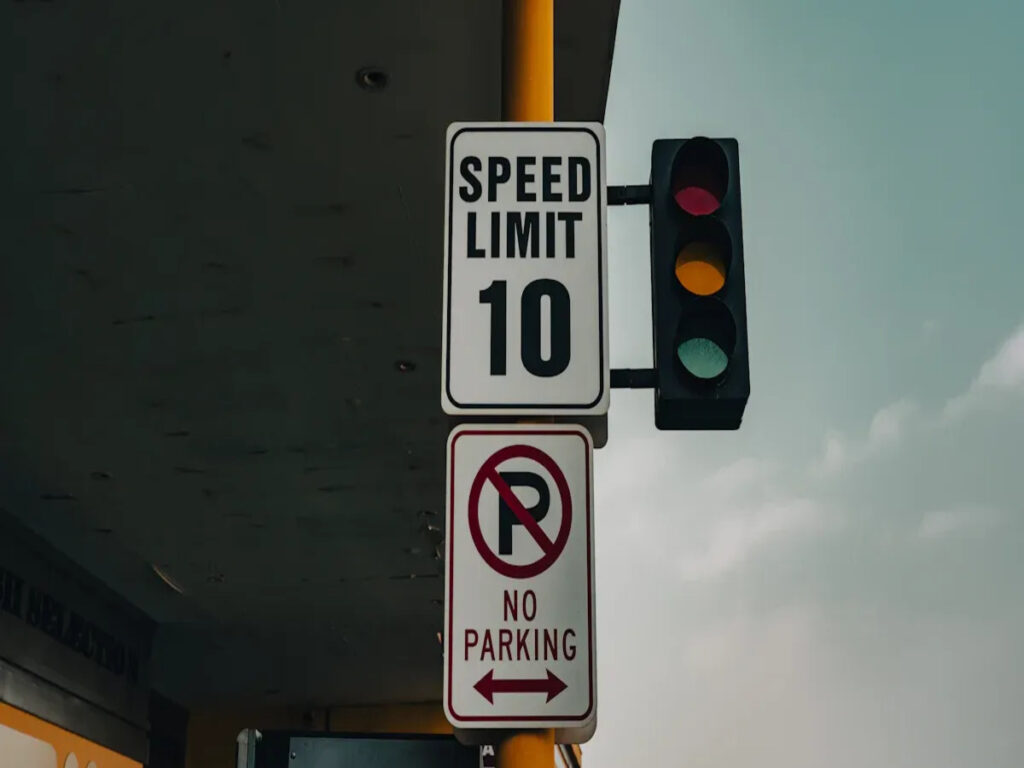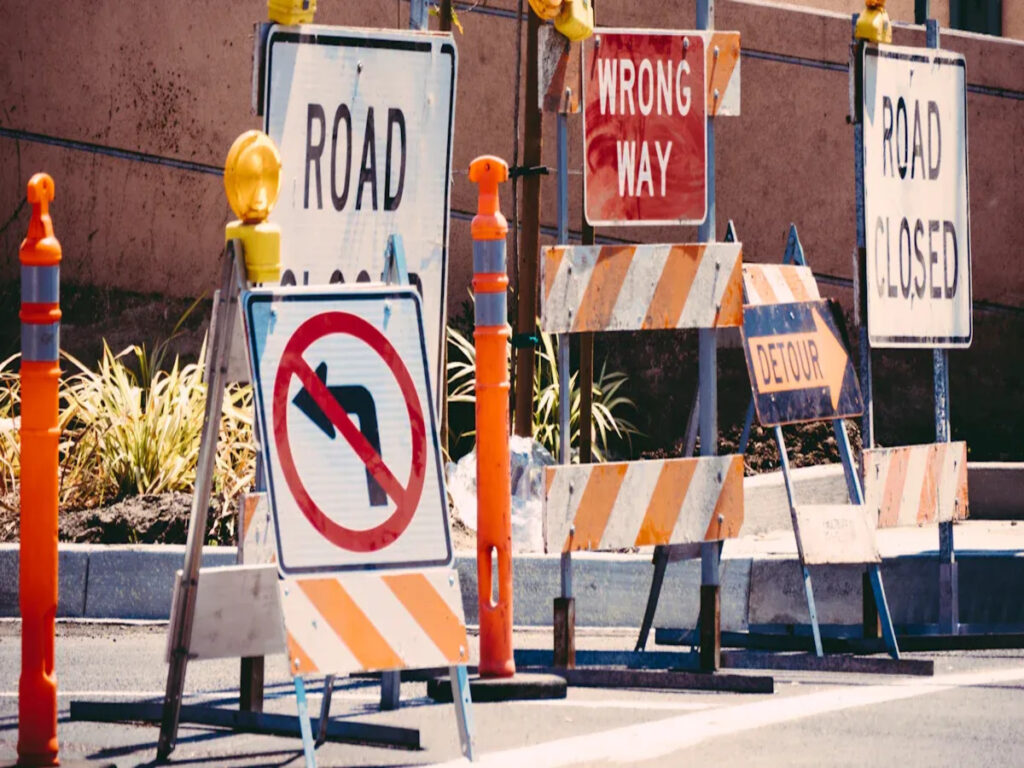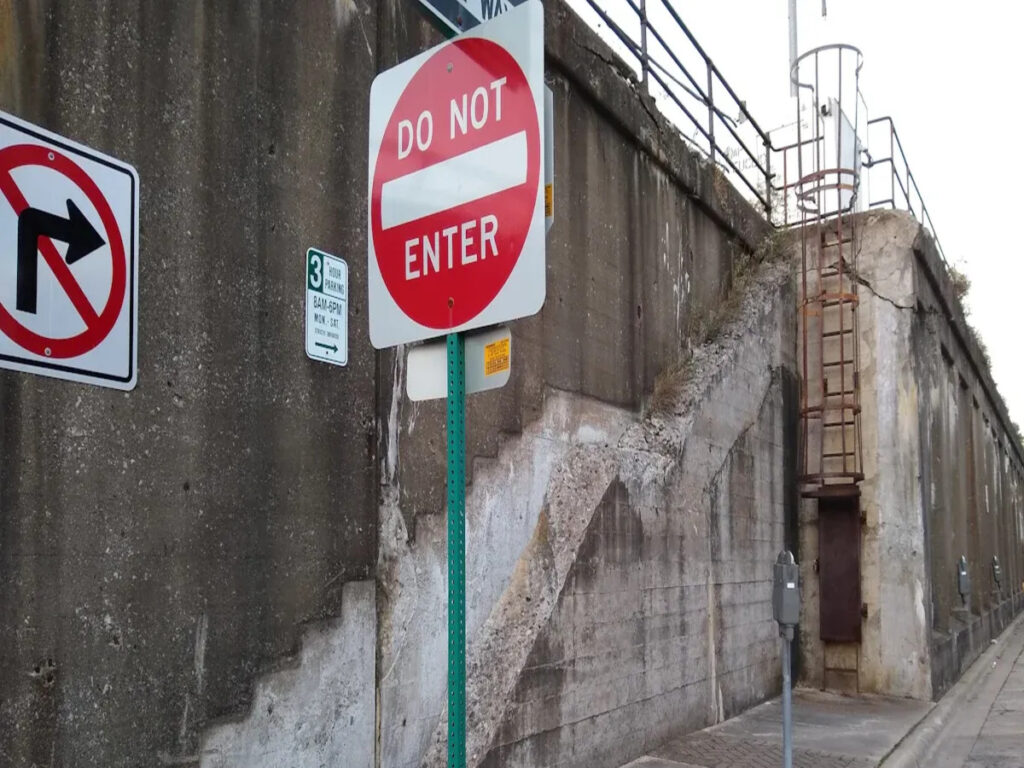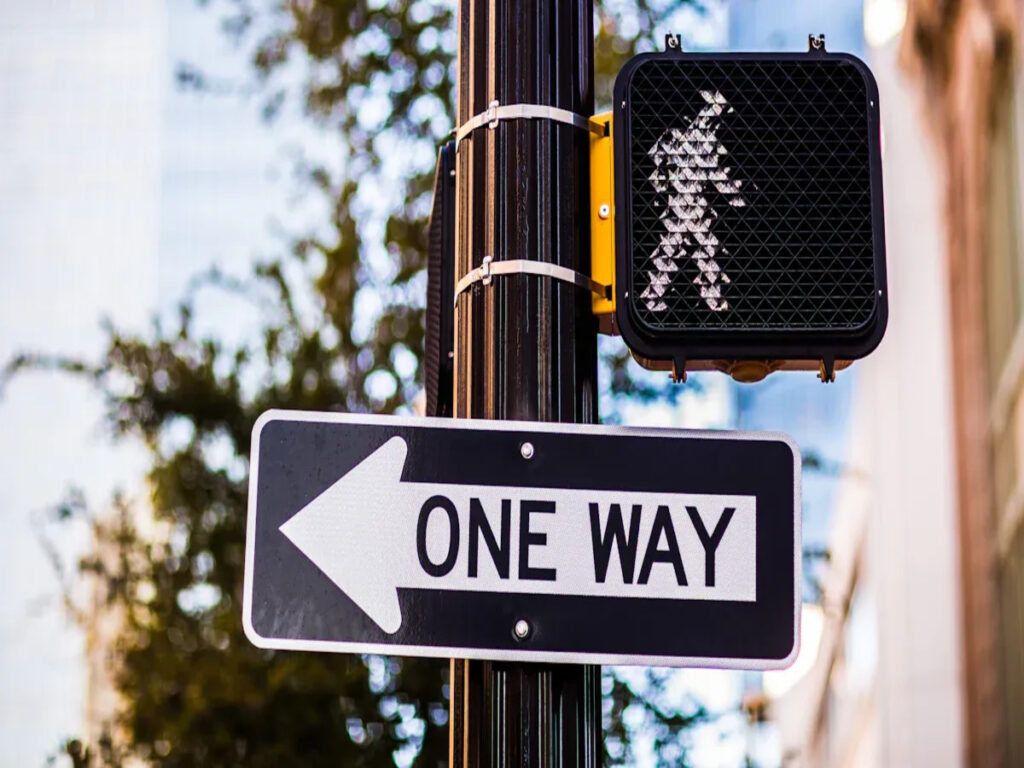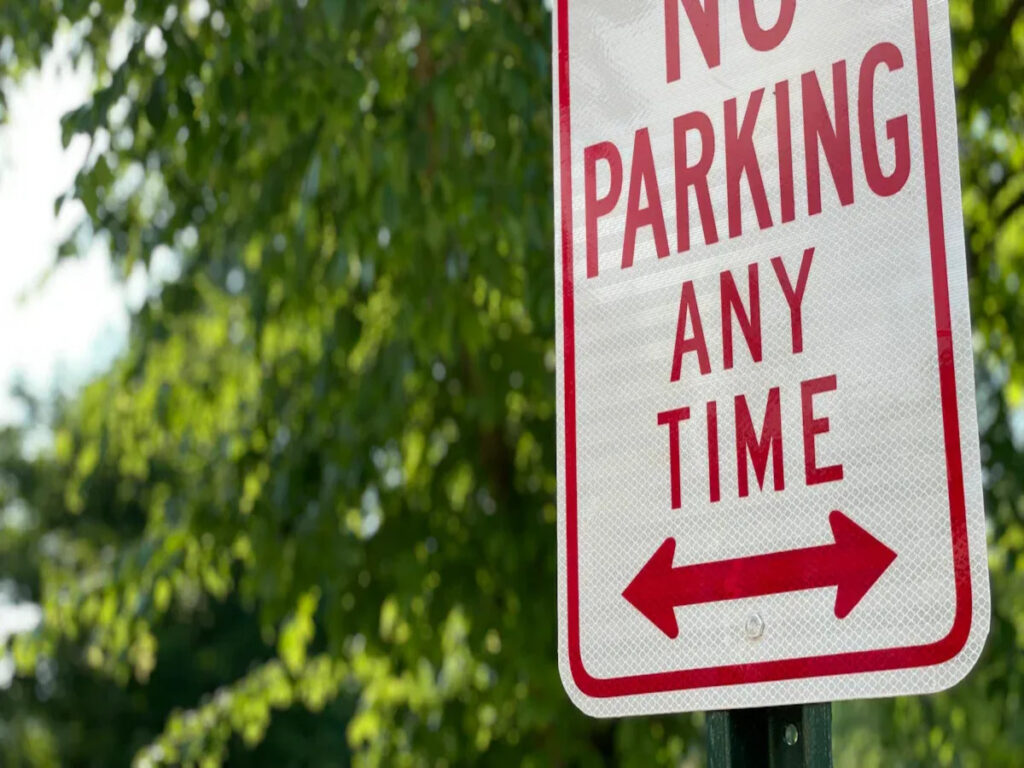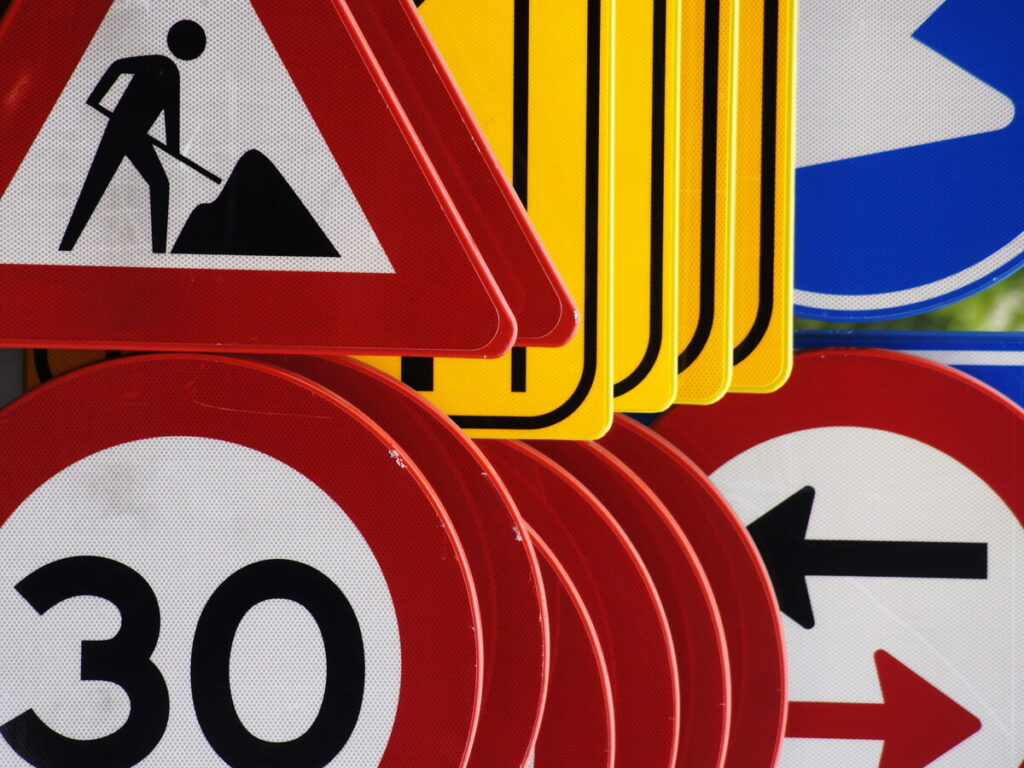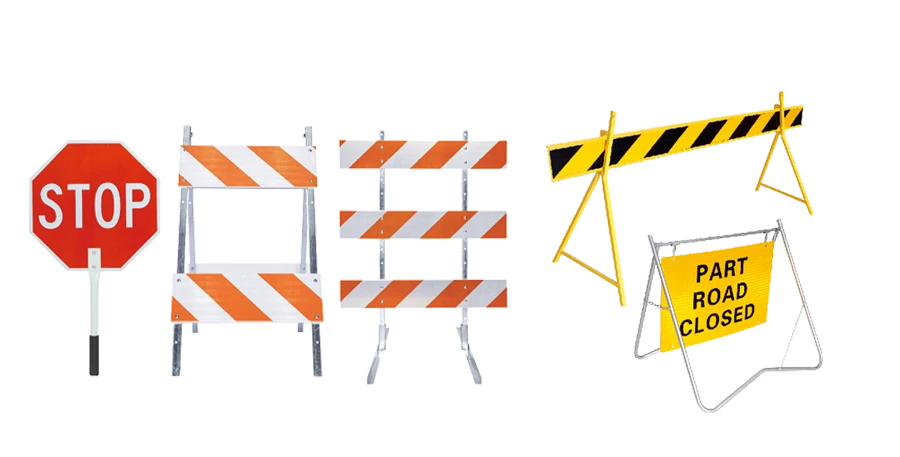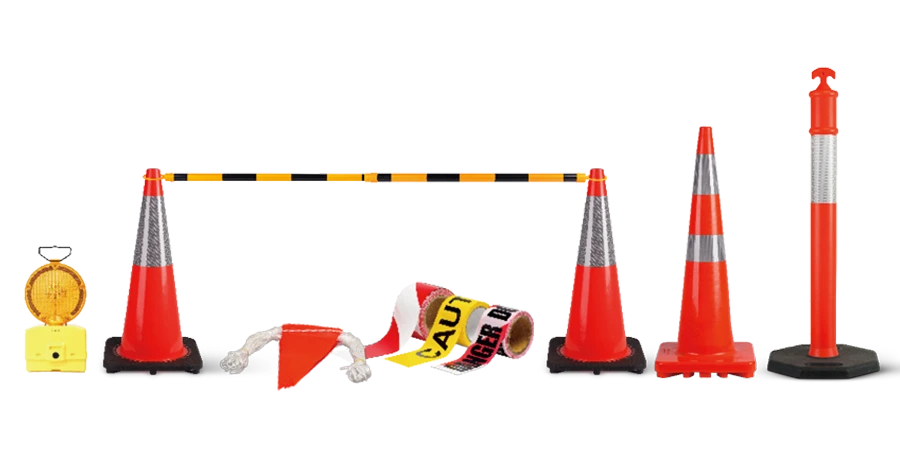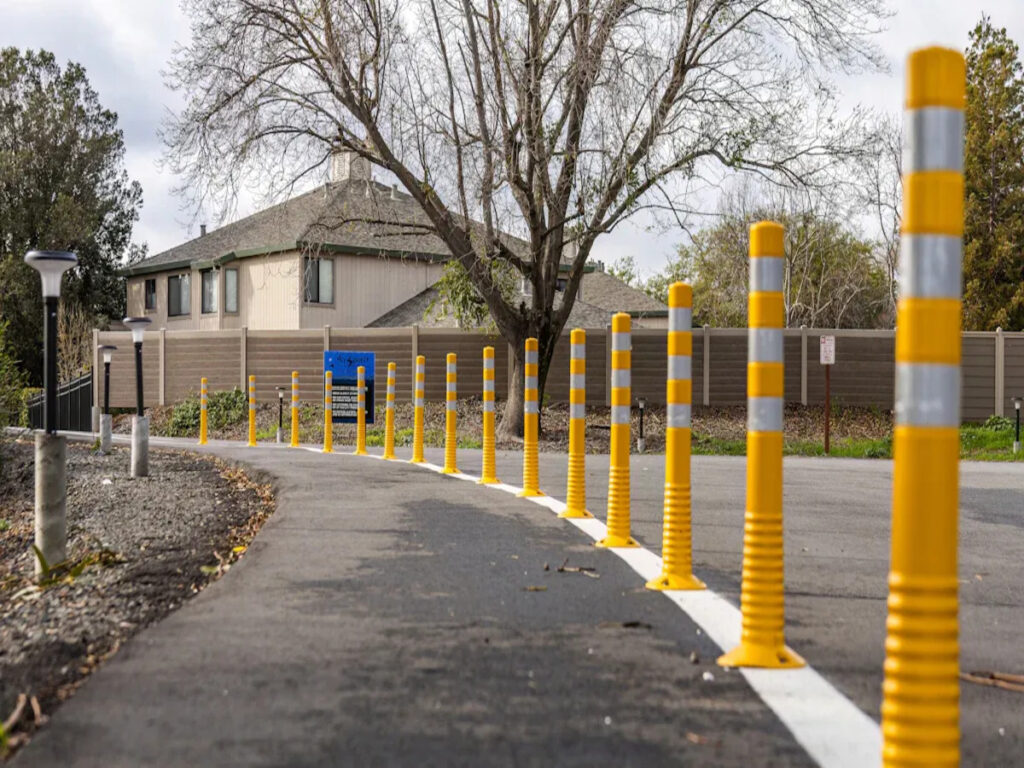
Delineators and channelizers are very important for road safety. These devices help guide cars and keep roads organised. They also protect workers and help drivers in tricky places. Traffic planners need good equipment to stop confusion and accidents. Contractors and road safety experts know the right choice makes roads safer and work faster.
OPTRAFFIC provides high-quality traffic delineators and channelizers designed to improve traffic flow and safety. Our products are built to last, ensuring your roadways stay organised and safe, even in challenging environments. Explore our range of traffic safety solutions today to keep your roads and workers secure.
Key Takeaways
- Delineators show lanes and road edges very well. They work for short or long times. They are good when you need to set up fast. They are also good when you need to change things easily.
- Channelizers are bigger and stronger. They are easier to see. They work best in busy or risky places. They are good for long jobs that need tough gear.
- Planners should look at all costs. This means buying, fixing, and replacing. This helps them pick the best device for the money.
- Both devices make roads safer. They help stop crashes and help drivers see better. The best choice depends on how many cars use the road. It also depends on how long the job is and the safety rules.
- Checking and caring for these devices often helps them last longer. This saves money and keeps roads safe for a long time.
Definitions
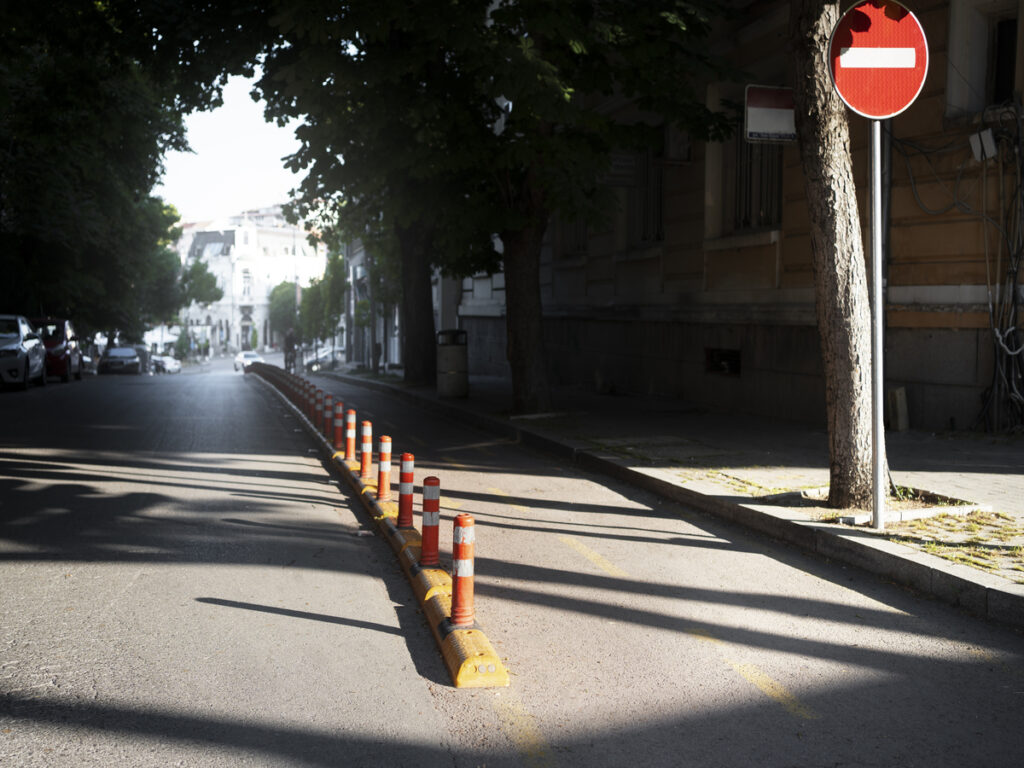
Delineators
Delineators are important for keeping roads safe. They help drivers see better, especially at night or in bad weather. Makers use strong materials like polyethylene and polyurethane. These materials help delineators last longer and not break easily. Delineators often have shiny or bright colours. This helps drivers spot lanes and dangers more easily.
- Main jobs are:
- Helping cars stay in their lanes
- Warning about sharp turns or work areas
- Keeping people safe in certain places
- Making roads easier to see with shiny strips or lights
Flat top highway delineators show where lanes are and stop cars from drifting. Some types can be taken apart and replaced easily, which saves money. Delineators can bend or stay stiff. They work for both short-term and long-term road needs.
Channelizers
Channelizers warn and guide drivers and people walking. They help control traffic in work areas or near dangers. Most channelizers are orange and made from plastic. They have shiny parts so people can see them well. Channelizers come in many shapes, like drums, cones, panels, and bendy posts.
- Main uses are:
- Helping cars move safely in building or detour spots
- Showing danger zones and helping people walk safely
- Making things easier to see when it is dark
Channelizers are not the same as barriers. They help guide traffic but do not block it. They usually have a round bottom and a flat top. Some have heavy bases so they do not fall over. Road safety rules, like those in the Manual on Uniform Traffic Control Devices, tell how to use them.
Note: Delineators are best for marking lanes and helping drivers see. Channelizers are better for guiding cars around dangers for a short time. Both use shiny materials, but they look different and are used in different ways. Delineators work for both long and short times, but channelizers are best for short jobs.
Cost Comparison
Initial Costs
Traffic planners and contractors look at the first costs before choosing. Delineator posts usually cost between $11.95 and $25.95 each. This makes them a good choice for long-term projects. Channelizers are taller and stronger, but their prices are not always easy to find. Their design and materials mean they often cost more, especially for busy or dangerous roads.
The materials and features of each device change the price.
- Flexible delineators are stronger and last longer, so they can cost more than simple ones.
- Premium models made from polyurethane can handle very hot or cold weather. They stand up again after being hit, which is good for long use.
- Extra features, like handles for tape and shiny strips, help people see them better and make them easier to use. These things also make the first cost higher.
- The material and features should fit what the project needs. This helps balance cost, strength, and safety.
Maintenance and Replacement
Looking after and replacing these devices can change the total cost over time. Delineators made from flexible plastic need to be checked often. This is to make sure they still shine and are not broken. In places with lots of cars or bad weather, they might need to be replaced more often. Channelizers are made to last longer and do not need as much care. Their strong build means they do not break easily, so you do not have to replace them as much.
Here is a simple table that shows how often you need to look after and replace each device:
| Device Type | Maintenance Frequency | Replacement Rate | Typical Maintenance Tasks |
|---|---|---|---|
| Delineators | Moderate | Higher | Inspect, clean, replace reflectors |
| Channelizers | Low | Lower | Clean, check stability |
Tip: Checking these devices often helps them last longer and saves money.
Hidden and Bulk Costs
Some costs are not easy to see at first. Shipping, storing, and moving these devices can cost a lot, especially if you buy many at once. Buying in bulk can help lower these costs. Big suppliers give better prices if you buy more. For example, one cone might cost $15 if you buy a few, but only $10 each if you buy 100 or more. Some suppliers also give free shipping, fast delivery, or let you add your own logo if you buy a lot.
Buying in bulk saves money and makes sure you always have enough equipment. Companies can get better deals by comparing prices, working with the same supplier, and buying when prices are low. Some suppliers want you to spend a certain amount or give extra things, like shiny collars or logos, to make you buy more.
Durability and Maintenance
Longevity
How long these devices last is very important. Channelizers are made from strong plastic or rubber. This helps them take hits and bad weather. Many have special coatings to stop sun damage. Some have heavy bottoms so wind does not blow them over. These things help channelizers work well for a long time, even in tough places.
Delineators are also strong, especially if made from good materials. Some can bend and go back to shape after small bumps. This means they do not break easily. But lighter ones can wear out faster if cars hit them a lot or if the weather is bad. Buying ones with strong shiny bands and sun-proof parts helps both types last longer.
Storing and stacking these devices the right way stops them from bending or losing shape. This helps them keep working well for a long time.
Maintenance Needs
Delineators and channelizers need different care. Delineators in busy places need to be cleaned often. Washing them every week with soap and water keeps them bright. This makes sure drivers can see them well. Looking after them often helps them last longer.
- Cleaning stops dirt from making them less shiny.
- Checking them helps find small problems early.
- Fixing tape or cracks helps them last longer.
Channelizers are strong, so they do not need as much care. Cleaning and making sure they stand up straight are the main jobs. Keeping them in cool, dry places and using sun-proof coatings means fewer repairs.
Tip: Checking and fixing small problems quickly stops bigger issues. This saves money and means you do not have to buy new ones too soon.
Replacement Frequency
How often you need to replace these devices changes the total cost. Cones and simple delineators are cheaper at first. But they need to be replaced more often, especially where there are lots of cars or bad weather. This makes them cost more over time.
Delineator posts can cost more at first but last longer. They do not need to be replaced as much. Some are made to bend and use recycled parts, which helps them last. This saves money and is better for the environment.
Channelizers are built strong, so you do not need to replace them often. Fewer replacements mean less work and less traffic trouble. Buying good, strong equipment saves money in the long run and gives better results.
Picking strong devices and looking after them well saves money over time and helps projects do better.
Safety Considerations
Visibility
Visibility is very important for road safety. Channelizers like traffic cones and drums are big and have shiny covers. This makes them easy to see from far away, even at night or in bad weather. Their rubber bottoms help them stay standing when it is windy. Channelizer drums are tall and have shiny covers that reflect light, so they are easy to spot in the dark. Flexible posts and lane dividers are made from strong plastic and shiny materials. These help them stay bright and not break when hit. Both types use shiny covers to help drivers see them, but channelizers are often easier to see because they are bigger and made from special materials.
Accident Reduction
Both devices help stop accidents and make roads safer. Studies show smart posts can lower crashes by up to 30%. In Copenhagen, smart posts with sensors cut accidents by 25%. In New York City, bike lane posts helped lower cyclist deaths or bad injuries by 75% and made cars go 28% slower. Flexible posts at busy places made travel time 25% shorter and crashes 30% fewer. The U.S. Federal Highway Administration found posts can cut accidents by up to 40%. One OPtraffic study saw 35% fewer crashes after putting shiny posts on a risky road. Another OPtraffic case showed a 30% drop in accidents in a work zone after using cones.
| Evidence Type | Description |
|---|---|
| Crash Reduction | Smart posts can lower crashes by up to 30%, including a 25% drop in Copenhagen. |
| Night-time Safety | Shiny covers and LED lights help stop night-time crashes by making things easier to see. |
| Pedestrian & Cyclist Safety | Bike lane posts in New York City helped cut cyclist deaths or bad injuries by 75%. |
| Traffic Flow | Flexible posts at busy places made travel time 25% shorter and crashes 30% fewer. |
Compliance
Road safety devices must follow strict rules. Many countries use rules from their government or city. For example, the Manual on Uniform Traffic Control Devices gives clear steps for using these devices. Channelizers often meet higher rules for being seen and staying up, especially in busy or risky places. Cities like Singapore and Amsterdam use smart and shiny posts to follow safety rules and help the environment. Following these rules helps keep roads safe and protects workers and drivers.
Project Suitability
Short-Term Use
Short-term jobs need things that are easy to set up and take away. Channelizers are good for roadworks, detours, or events that do not last long. They are light, so workers can move them without trouble. Many channelizers can be stacked, which saves space when storing them. Workers can put them out fast, which saves time and money. The shiny parts on channelizers help drivers see them at night or in bad weather. If a job only lasts a few days or weeks, channelizers are a smart and cheap choice.
Tip: Pick channelizers with strong bases if it is windy or if lots of cars go by.
Long-Term Use
Long jobs need equipment that can handle lots of cars and bad weather. Channelizers made from tough plastic or rubber last a long time. These do not fade or break easily from the sun or being hit. For jobs that last months or years, buying good channelizers means you do not have to replace them often. Some long jobs also use delineators to show lanes for a long time. Devices with sun-proof coatings and strong bottoms work well for the whole job.
Traffic Volume
How many cars use the road helps decide what to use. Busy roads need channelizers that are big, steady, and easy to see. These help cars move safely in tricky or dangerous places. On quiet or country roads, lighter channelizers might be enough. Contractors should think about how many cars will pass and pick the right device for the job. Using the best device for the traffic keeps people safe and means less fixing is needed.
| Project Type | Recommended Device Features | Key Considerations |
|---|---|---|
| Short-Term | Lightweight, stackable, reflective | Quick deployment, storage |
| Long-Term | Heavy-duty, UV-resistant, stable | Durability, low upkeep |
| High-Traffic | Large, stable, high-visibility | Safety, accident reduction |
| Low-Traffic | Basic, easy to move | Cost, flexibility |
Note: Thinking about how long the job lasts and how many cars use the road helps planners pick the best traffic control devices.
Decision Factors
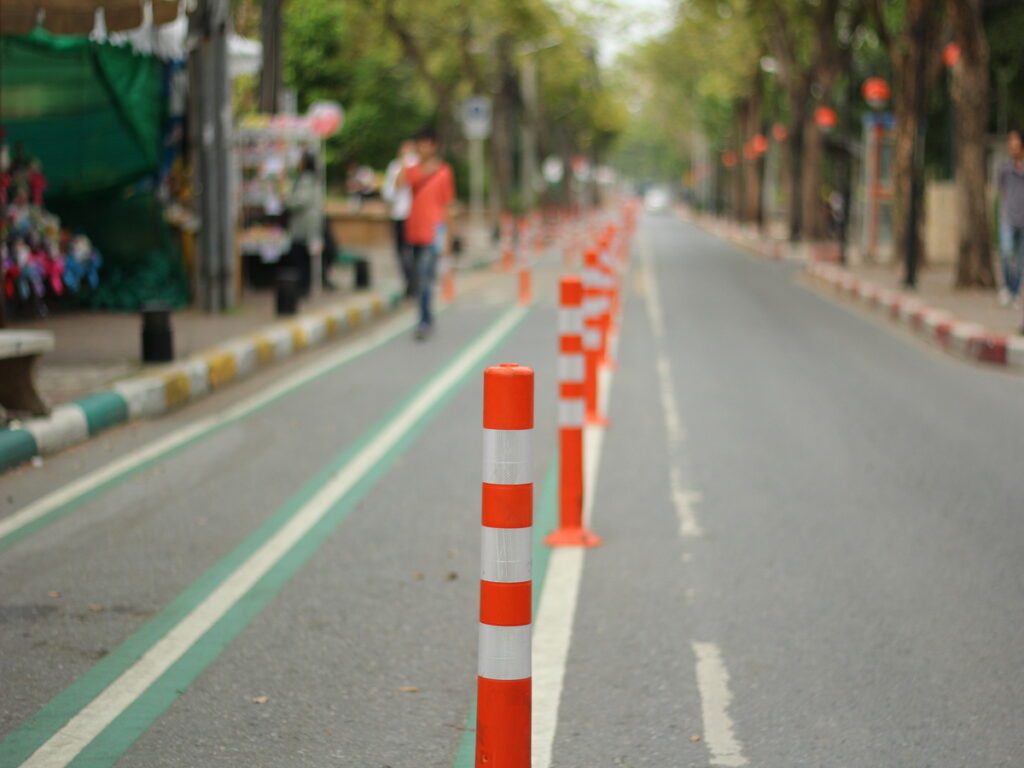
Budget
Traffic planners and contractors need to think about the whole budget. The first price is important, but there are other costs too. These can be for shipping, storage, and looking after the devices. Channelizers usually cost more at the start, but they last longer and need less care. Planners should look at all the costs for the whole project, not just the first day.
Tip: Make a simple table to compare costs over time. This helps teams see which device is the best value.
| Factor | Channelizers | Other Devices |
|---|---|---|
| Initial Cost | Higher | Lower |
| Maintenance | Lower | Higher |
| Replacement Rate | Low | High |
Safety vs. Cost
Safety is always very important for road jobs. Devices that cost more often keep people safer. Channelizers are easy to see and hard to knock over in busy places. If you buy cheaper products, it can cause more accidents and cost more later. Teams should think about the risk of accidents and the money saved by buying cheaper things.
- Bright devices help stop crashes.
- Strong materials mean fewer repairs.
- Spending on safety can lower insurance and legal costs.
Note: Spending more on safety now can save money and lives later.
Regulatory Needs
Every job must follow local and national rules. Rules like the Manual on Uniform Traffic Control Devices give clear steps for size, colour, and where to put things. Channelizers often meet strict rules for being seen and staying up. Planners should check all the rules before buying anything. Using approved products helps avoid fines and keeps workers safe.
- Check all safety rules before starting.
- Pick products that meet or beat the rules.
- Keep records to show you followed the rules.
Compliance keeps the public and the team safe.
Recommendations
When to Choose Delineators
Delineators are good when you need to show lanes clearly. Planners use them to mark road edges and sharp bends. They also help with temporary detours. These devices work for short or long jobs. Some flexible types have strong bases and can bend back after being hit. This keeps roads safe and means you do not need to replace them often. Delineators with shiny and bright colours, like orange or yellow, are easy to see in the dark or bad weather. Many are made from recycled or eco-friendly materials, which is good for the environment. If you need to set up quickly in a building zone or where traffic changes a lot, delineators are a smart and cheap choice.
When to Choose Channelizers
Channelizers are best for busy or dangerous places. They are bigger and stronger, so they work well at busy crossings or roadworks. Their heavy bottoms help them stay up in strong wind or if a car hits them. Their tall shape and shiny parts make them easy to see from far away. This helps stop accidents. For long jobs or places with strict safety rules, channelizers last a long time and work well. They do not need much care, so you save money on fixing or replacing them.
Best Practices
Traffic planners and builders can get the most from both devices by following some simple steps:
- Pick flexible delineators with bases that bend back after being hit.
- Put out delineators fast and in small groups for short jobs.
- Make sure all devices are shiny so drivers can see them at night or in bad weather.
- Use bright colours like orange and yellow to catch drivers’ eyes in the day.
- Place delineators along road edges and sharp bends to help drivers.
- Choose strong and eco-friendly products to help the planet.
- Pick the right device for the place, like cities or roads with lots of cars.
- Think about new ideas, like solar lights or smart devices, to make roads safer.
Talking to road safety experts helps you pick the best tools for each job. Looking at safety, cost, strength, and rules together gives the best results for every project.
Traffic planners and contractors need to think about costs now and later. Delineators can be used for many different projects. Channelizers are stronger and easier to see on the road. Every project should look at safety, how much care is needed, and the money spent. Picking the right device makes roads safer and helps the project go well. For special help, people should talk to experts and look at all the products they can choose.
FAQ
What is the main difference between a delineator and a channelizer?
Delineators show where lanes are and help drivers stay safe. Channelizers move traffic away from dangers or work areas. Both make roads safer, but each has its own job.
How often should traffic planners inspect these devices?
Traffic planners need to check delineators and channelizers every week. Checking often helps find damage, dirt, or missing shiny parts. Fixing problems early keeps roads safe and the devices working well.
Can delineators and channelizers be reused for different projects?
Yes, both can be used again if they are not broken. Storing and cleaning them properly helps them last longer. Using them again saves money and makes less rubbish.
Do these devices meet local road safety regulations?
Most delineators and channelizers follow national and local rules. Planners should always look at product certificates and check the rules before using them.

